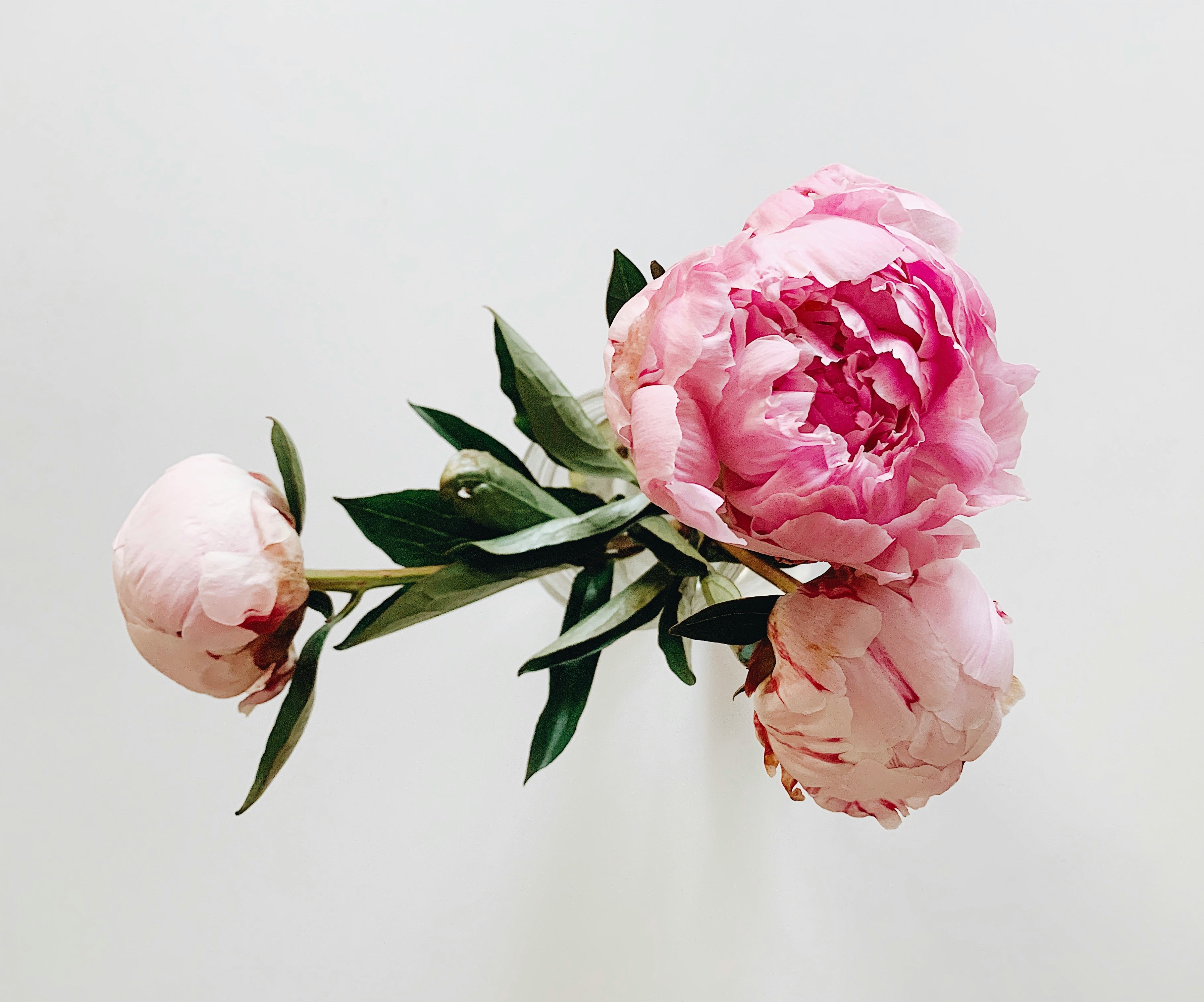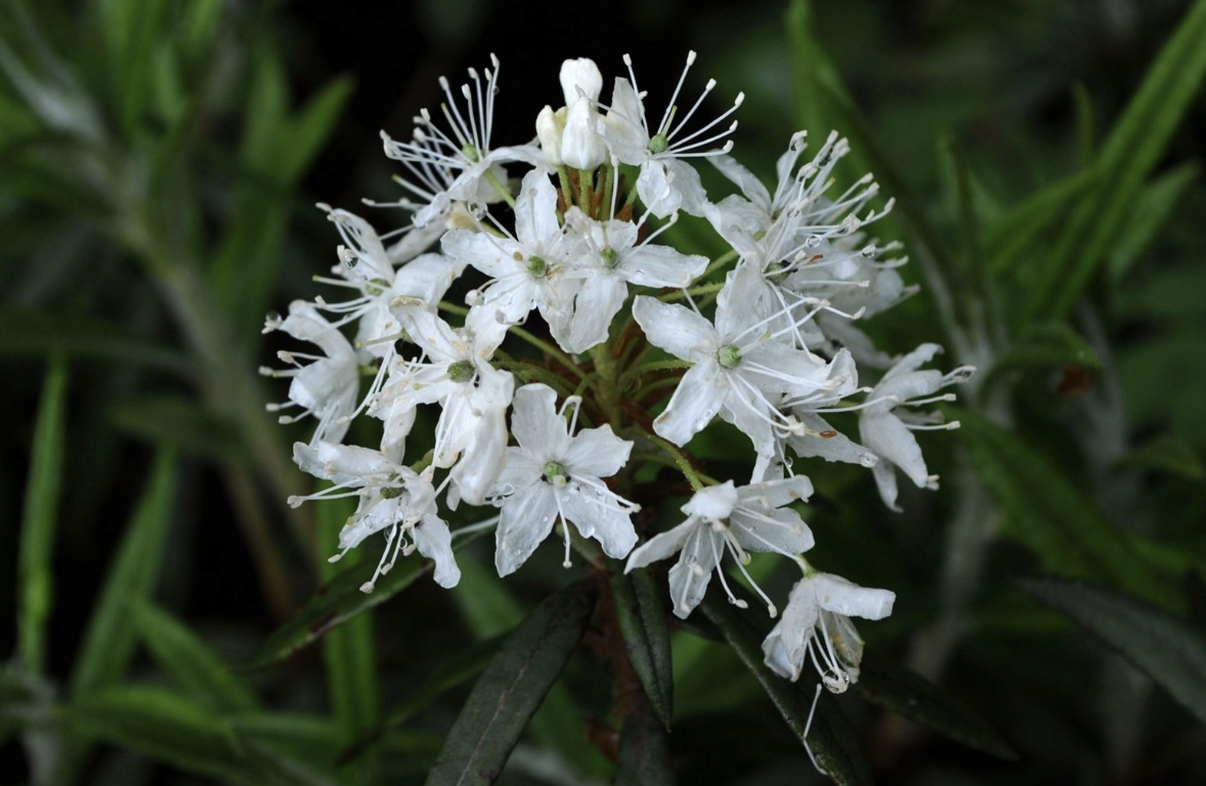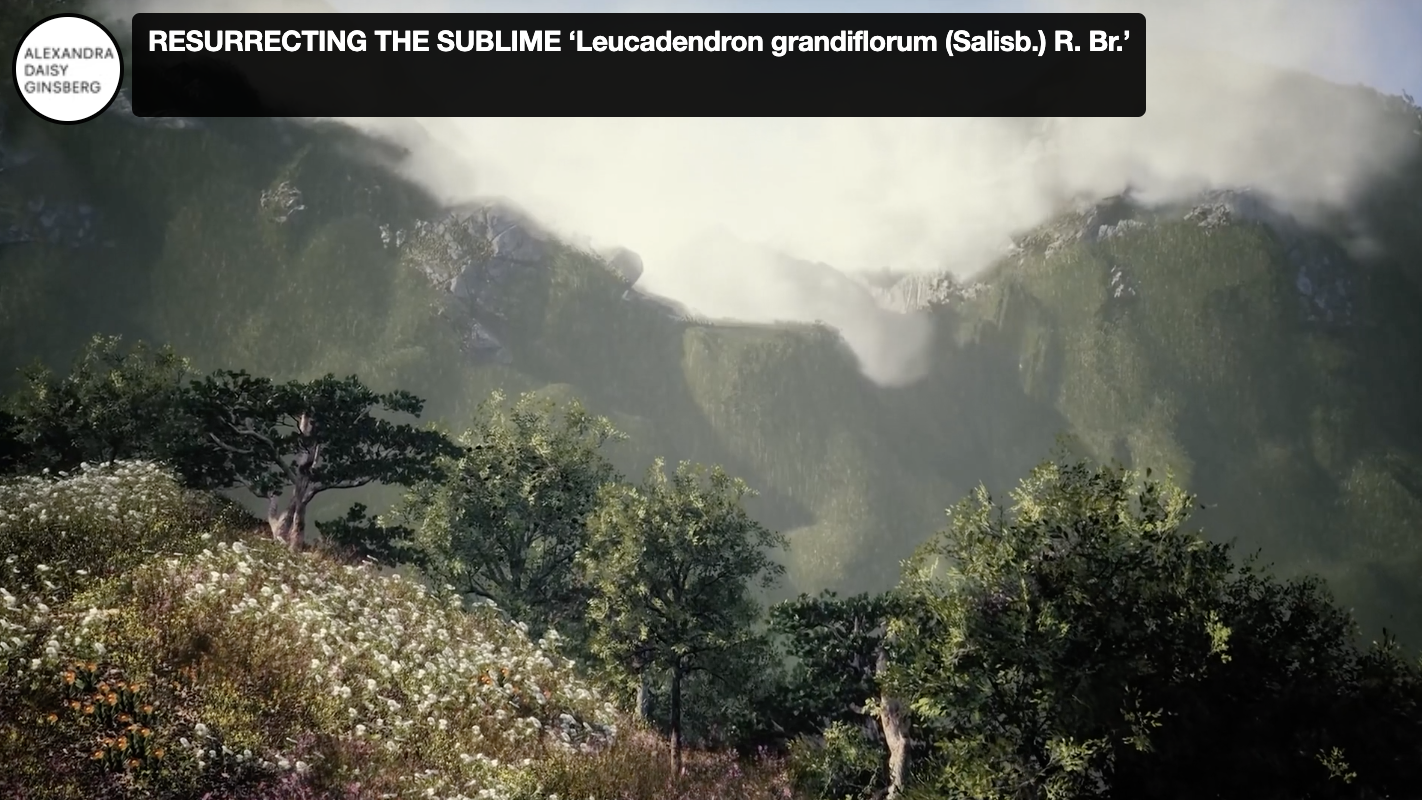When our gardens smelled good
I was walking in the garden the other day and as I came around the corner, walked into the wall of fragrance of jasmine, citrus, and vanilla. The huge daphne bush in the middle of the yard had finally bloomed. This one plant, in our relatively small garden, makes washes over you as soon as you step outside.
And that got me thinking. Most gardens don't have tons of smells. I've been to botanical gardens and parks in many different places and have noticed that, in general, they don't seem to have an overwhelming fragrance to them. There's usually a warmer greenhouse area that has that lovely wet soil smell, which is created mainly by a chemical called geosmin that's in many of the microbes that live in soil. Sometimes, if you're lucky and they're blooming, the orchid house smells really wonderful.
Why and How Flowers Smell
A lot of the stronger scents have been bred out of our most popular flowers like roses and peonies, in an effort to get larger and showier blooms.

This is because aroma production and length of flower life are tightly linked by a plant hormone called ethylene. More ethylene makes a flower fade faster but produce more scent, while less ethylene allows a flower to last longer but release less scent. In trying to create a more visually beautiful bloom that lasted longer, plant breeders ended up removing this secret third thing that adds to a flower's beauty.
This is a real shame because we lose out on an enjoyable aspect of our garden. In fact, scent creates a powerful combination of memories and emotion. Studies on mental health and scent are also starting to show that the scent of plants, specifically in the genus pelargonium, have a calming effect on people.
That brings up the question, why do plants smell in the first place? In the case of flowers scent is mostly found in the petals and works to attract pollinators to the flower. Often the scent improves and gets stronger as the flower matures and then reduces and degrades once the flower has been pollinated. Some plants, like rosemary and thyme, give off a scent through glandular hairs when their leaves are crushed. The strong smell is meant to deter pests like aphids, slugs, and other animals that want to munch on them.
The loss of garden fragrance is something that we don't always notice is missing, but when it's there it makes the experience better and more beautiful for everything in the garden.
Wild Smells
Beyond our gardens there is, of course, a whole world of wild scents. Maybe you're familiar with tropical scents from warmer areas of the world where flowers bloom more consistently, and the fragrance hangs in the air. I remember visiting Hawaii as a little girl and I swear to you the air smelled like fruit and flowers. It was the most wonderful thing I'd ever experienced, and I still remember it vividly (see what I mean about smell being linked to memory).
But we get wonderful wild fragrances even in more temperate areas like the Pacific Northwest with the piney and somehow floral smell of the Western red cedar trees (Thuja plicata) and the vanilla meets jasmine fragrance of Mock Orange (Philadelpius lewisii). It even extends to the northern bogs of the subarctic. Bogs are a fairly overlooked part of the natural world, but together hold twice as much carbon as all the world's forests. Rhododendron tomentosum, a shrubby flower in the heath family, give bogs their characteristic smell as you walk through—a mixture of pine, eucalyptus, rosemary, or as one person said, it smells like "a nice hipster from the pacific northwest".

Scent as Art?
One of my favorite explorations around scent is Resurrecting the Sublime by artist Alexandra Daisy Ginsberg. She wanted to re-create the scent of flowers that were driven to extinction by human activity. Using small amounts of DNA from herbarium samples, scientists created a synthetic approximation of what the flower might have smelled like. The exhibit has a digitally recreated landscape of where the flower would have been found and the scent is released into the air as you watch the area come into view. I was lucky enough to see this exhibit in 2019 and it's stayed in my mind as one of the more unique and immersive art experiences that I've gotten to enjoy.

Finding Your Next Great Smell
If you're looking for a bit of a field trip, botanical gardens sometimes have an area dedicated to sensory gardens or fragrance gardens, where you can learn and experience more of the scents that flowers have to offer.
And if you're looking to plant for fragrance, this article is a great place to start for inspiration.
